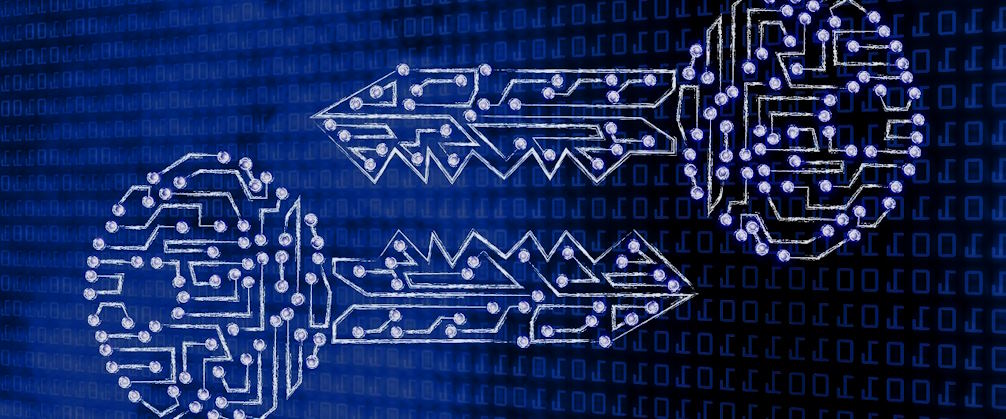The Importance of Secure Communication
The Need for Confidentiality
Maintaining confidentiality is paramount in an era where communication traverses multiple networks and devices. Encryption technologies provide an essential layer of protection, ensuring that sensitive data remains private and inaccessible to unauthorized entities.
Guarding Against Cyber Threats
With the rising sophistication of cyber threats, secure communication is vital to prevent eavesdropping, data breaches, and unauthorized access. Encryption acts as a safeguard, rendering intercepted data useless to adversaries.
Types of Encryption Algorithms
Symmetric Encryption
Symmetric encryption employs a shared secret key to encrypt data. It efficiently secures large amounts of data, such as files or hard drives. The key distribution challenge necessitates secure transmission or pre-shared keys.
Asymmetric Encryption
Asymmetric encryption utilizes a pair of mathematically related keys: a public key for encryption and a private key for decryption. It allows secure communication without requiring a prior key exchange, making it suitable for secure email and digital signatures.

Encryption Protocols and Standards
Secure Sockets Layer/Transport Layer Security (SSL/TLS)
SSL/TLS protocols establish secure communication channels over networks like the internet. They encrypt data during transmission, safeguarding sensitive information exchanged between users and web servers.
Pretty Good Privacy (PGP) and OpenPGP
PGP and OpenPGP provide end-to-end encryption for email and file encryption. These protocols ensure that only the intended recipients can decrypt and access the content, protecting confidentiality and integrity.
Internet Protocol Security (IPsec)
IPsec provides secure communication at the network layer, protecting IP packets during transit. It establishes virtual private networks (VPNs) and encrypts data, making it an essential technology for secure remote access and site-to-site communication.
Encryption in the Digital Age
Forward Secrecy and Perfect Forward Secrecy
Forward secrecy ensures that encrypted communication remains secure even if long-term secret keys are compromised. Perfect forward secrecy adds a layer of protection by generating unique session keys for each communication session.
End-to-End Encryption (E2EE)
E2EE ensures that only the communicating parties can access the decrypted data. Popular messaging applications and collaboration tools leverage E2EE, empowering users with control over their privacy.
Homomorphic Encryption
Homomorphic encryption allows computations on encrypted data without decrypting it. This technology holds promise for secure data processing in cloud environments and privacy-preserving machine learning applications.
The Evolving Landscape and Challenges
Quantum Computing and Post-Quantum Encryption
Quantum computing threatens traditional encryption algorithms. Research and development of post-quantum encryption aims to create algorithms resistant to quantum attacks, ensuring data security in the quantum era.
Balancing Security and Usability
Encryption technologies must balance strong security measures and user-friendly experiences. User-centric encryption solutions, intuitive interfaces, and seamless application integration are crucial for widespread adoption.






